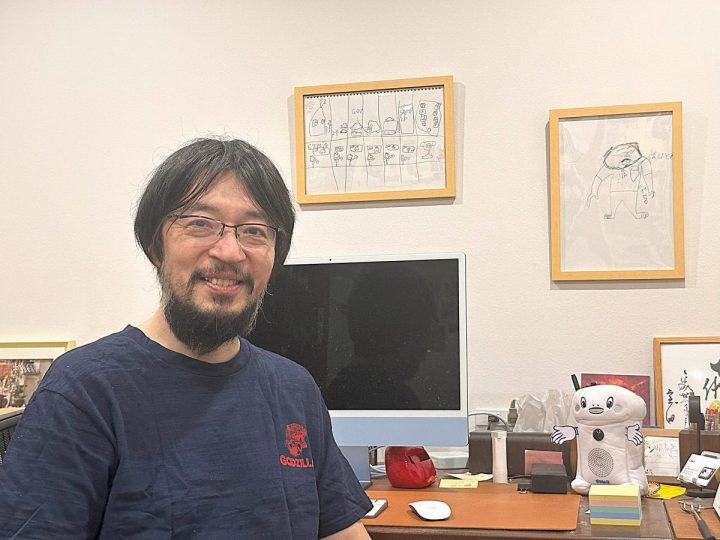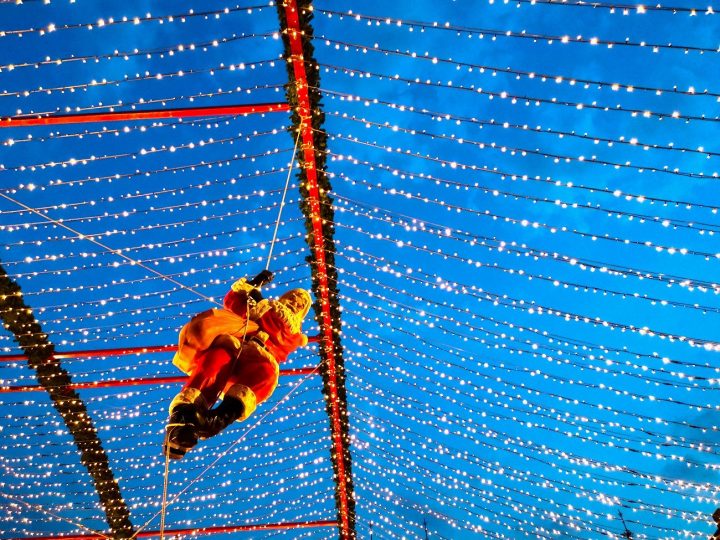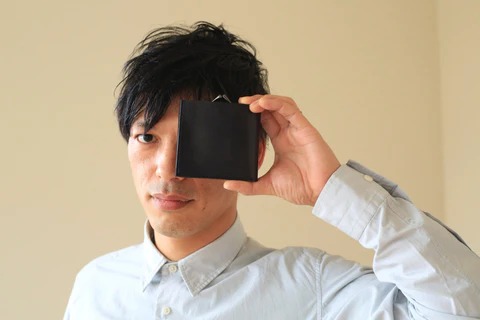Use it on trains and buses! A great value ticket: the "Kamakura Free Environmental Pass"
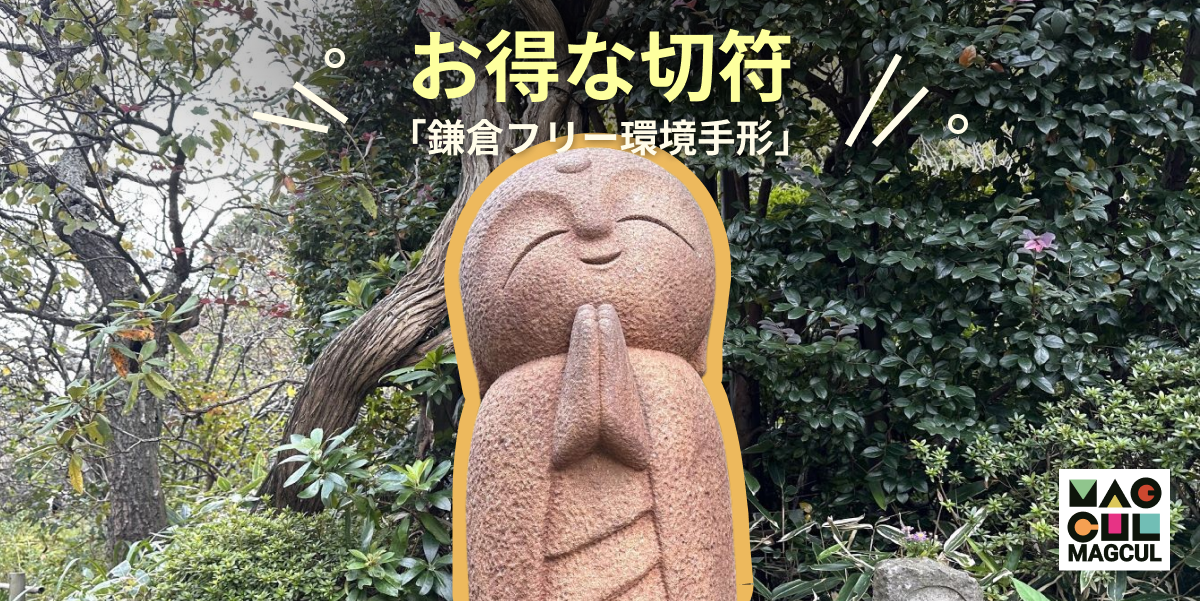
*This article was posted on February 2, 2024. Please note that the content may have changed.
What is the "Kamakura Free Environmental Bill"?
This is a great value all-day pass that allows you to enjoy sightseeing in the Kamakura area by riding five bus routes and the Enoshima Electric Railway, which operates within designated areas, as many times as you like for one day.
If you use this free ticket, you can also receive discounts and free gifts at approximately 70 participating stores, temples, shrines, etc.
Sales location:
Enoshima Electric Railway Kamakura Station, Hase Station
Keihin Kyuko Bus Kamakura Office, Kamakura Station Information Center
release date:
All year round except January 1st to 3rd
*Not available on days when the sales location is closed.
Fee:
Adults 900 yen
Children: 450 yen
Available sections:
Train: Enoshima Electric Railway from Kamakura Station to Hase Station
Bus (Keihin Kyuko Bus or Enoshima Electric Railway Bus starting from Kamakura Station)
Within the area between Kita-Kamakura Station, Daitonomiya, Jomyoji Temple, Daibutsu-mae, and Nagoe
Please click here for more details.
This time, we started from Kamakura Station, so we got off the station and purchased an Environmental Tegata.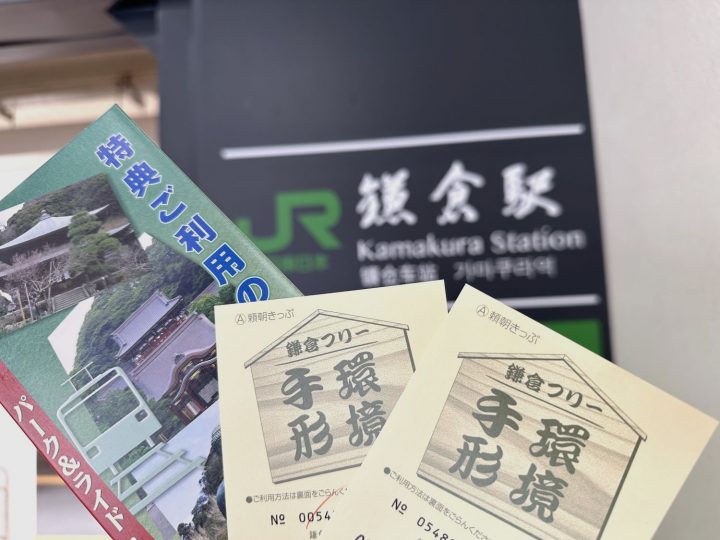
We immediately boarded the Enoshima Electric Railway and headed to Hasedera Temple.
Hasedera Temple, famous for its large red lanterns, the "gate-top pine tree," and its smiling Jizo statue, is a five-minute walk from Hase Station on the Enoshima Electric Railway.
Hasedera Temple, which is always filled with beautiful seasonal flowers throughout the year, is said to be known as "Kamakura's Western Paradise."
It is very famous and attracts many visitors during the hydrangea season in early summer and the autumn leaves season.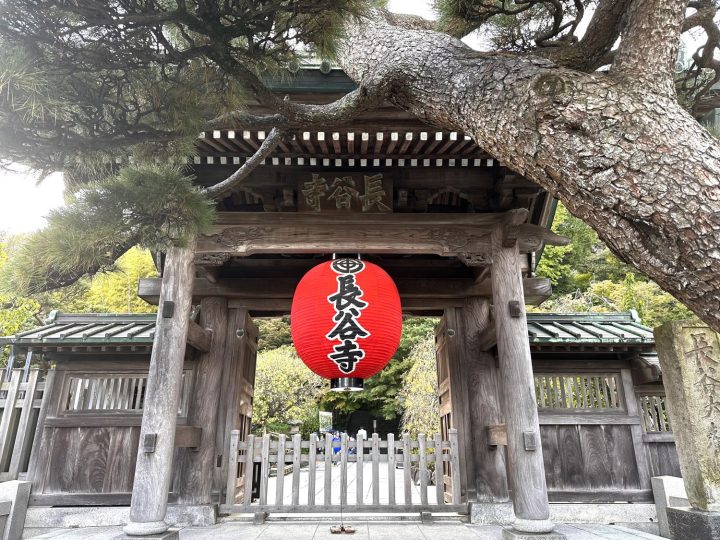
At Hasedera Temple, which is eligible for the special service, you can receive a mini clear file by presenting your Kamakura Free Environmental Pass.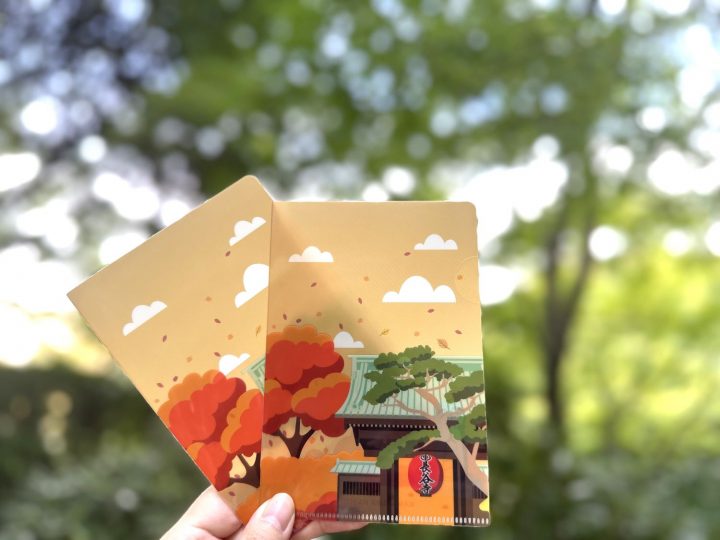
We recommend taking a leisurely stroll around the spacious grounds, which include an observation deck offering a panoramic view of Kamakura's cityscape and Yuigahama Beach, and the Kannon Museum.
Hasedera Temple
Location: 3-11-2 Hase, Kamakura City, Kanagawa Prefecture
Official website here
After a leisurely stroll around Hasedera Temple, I started to feel a little hungry, so I got back on the Enoshima Electric Railway and headed to Kamakura.
As I strolled down Komachi-dori to find something to fill my stomach, I checked the list of participating stores and was surprised to see that many popular restaurants were participating.
This time, we decided to go to Kamakura Katsutei Araju Main Branch, a specialty cutlet restaurant located in a quaint storehouse-style building at the intersection of Wakamiya-oji Street, close to Kamakura Station.
They use carefully selected pork, and you can enjoy juicy pork cutlets with slightly sweet fat, as well as fried seafood.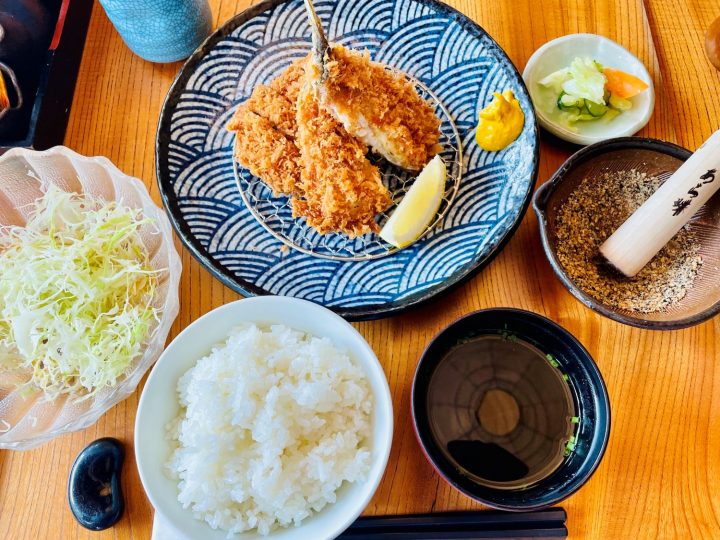
As a benefit of the "Kamakura Free Environmental Bill," you will receive a 5% discount on the total amount (cash payment only).
Kamakura Katsutei Ara Tama Main Branch
Location: 1-5-24 Komachi, Kamakura City, Kanagawa Prefecture
Business hours Lunch 11:00-16:00 Dinner 16:00-22:00
Official website here
One of the attractions of the Kamakura Free Environmental Pass is that it allows unlimited rides on buses within designated areas.
Both Keihin Kyuko Bus and Enoshima Electric Railway Bus are available.
・Available from the bus rotary at the east exit of Kamakura Station.
・For those heading to Kita-Kamakura Station: Kamakura Station East Exit (Platform 2)
・For those heading to Jomyoji Temple: Kamakura Station East Exit (Platform 4)
・For those heading to Daitonomiya: Kamakura Station East Exit (Platform 5)
・For those heading to the Great Buddha: Kamakura Station East Exit (Platform 1, Platform 6)
・For those heading to Nagoshi: Kamakura Station East Exit (Platform 3)
*For details on the boarding point, please see here ( Kamakura City official website )
Next, we will board from platform 2 to head to Kenchoji Temple.
From Kamakura Station to Kenchoji Temple, we passed through many tourist attractions, from Wakamiya Oji to the front of Kamakura Hachimangu Shrine to the back of Hachimangu Shrine, so even though we were on the bus, it felt like we were on a sightseeing bus.
After about a 10-minute ride, you will arrive at Kenchoji Temple.
Kenchoji Temple is the first Zen Buddhist temple in Japan and the first of the Five Mountains of Kamakura.
The temple is rich in attractions, including the Sanmon Gate, which has been designated an Important Cultural Property of Japan, and the ceiling paintings, and is also famous as the origin of "Kenchinjiru (Kenchojiru)" (there are various theories).

I received a postcard as a bonus for purchasing the Kamakura Free Environmental Pass.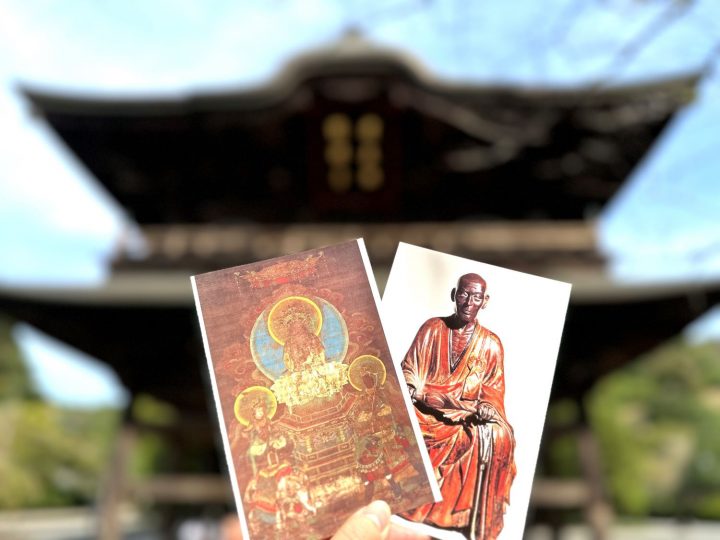
After seeing the Karamon Gate of the Hojo, a nationally important cultural property, we recommend taking a relaxing seat at the base of the Hojo.
You'll lose track of time as you gaze upon the beautiful, lush Japanese garden.
(The "hojo" is apparently the place within the temple where the chief priest lived. Nowadays, it is used for memorial services and zazen meditation.)
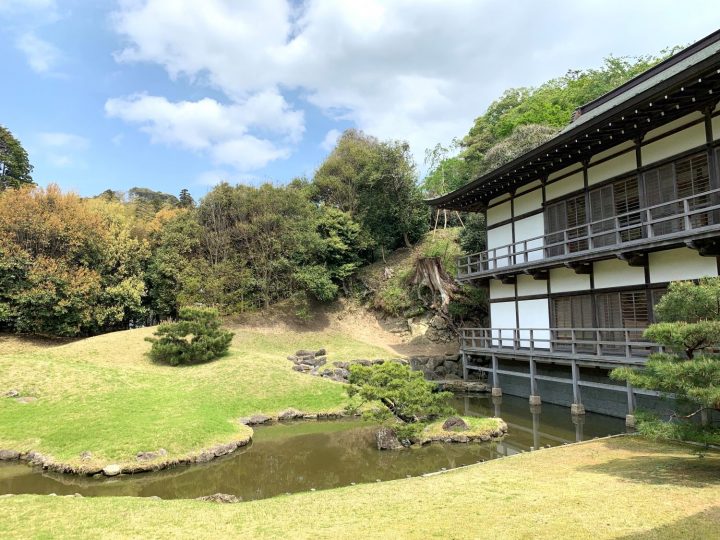
Kenchoji Temple
Location: Yamanouchi 8, Kamakura City, Kanagawa Prefecture
Official website here
I checked the bus times and saw that the next bus was due to arrive soon, so I decided to take the bus again to Kita-Kamakura Station.
Our next destination is Engakuji Temple.
Engakuji Temple is located just a short walk from Kita-Kamakura Station.
This time, the bus ride takes about 9 minutes.
Engakuji Temple, along with Kenchoji Temple, is said to be a representative temple of Kamakura Zen Buddhism.
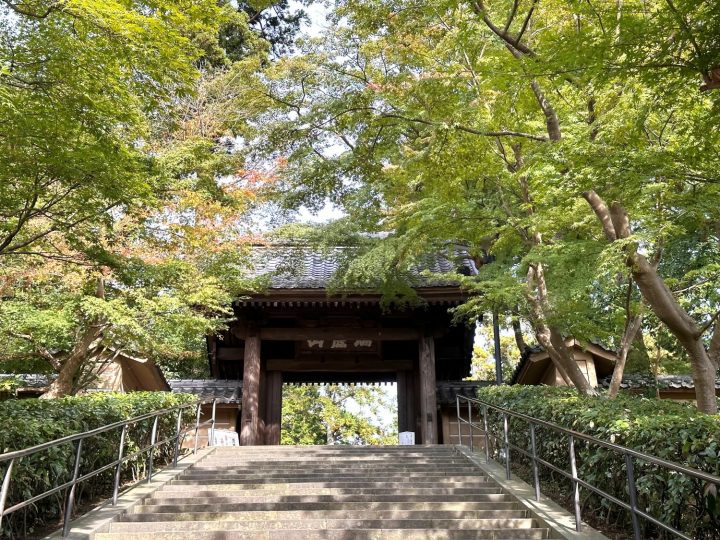
Along the stairs, vibrant greenery continues all the way to the main gate.
In autumn, this main gate turns from green to bright red, and is also famous for its beautiful autumn leaves.
I received a postcard as a bonus for purchasing the Kamakura Free Environmental Pass.
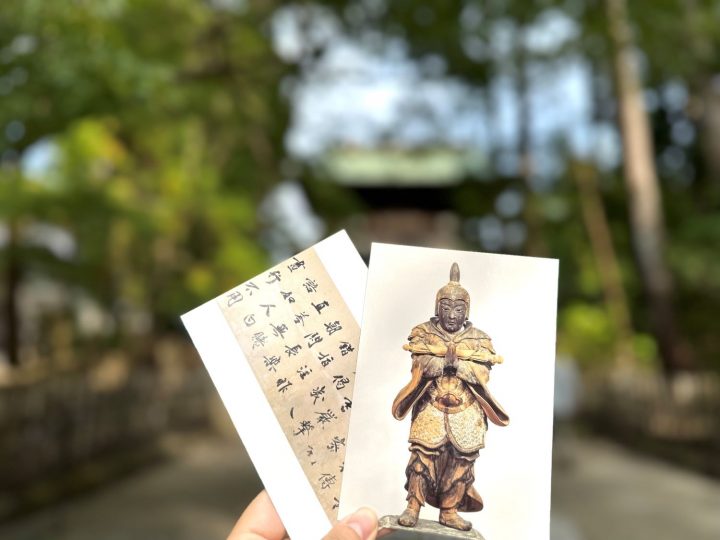
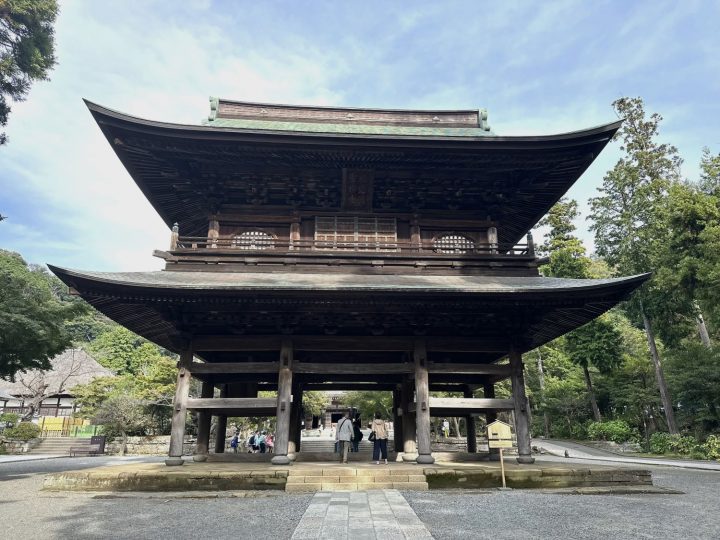
Kamakura is surrounded by mountains on three sides and has many valleys that cut into the mountains, called yato.
Engakuji Temple makes the most of this topography, with its large grounds gradually ascending from the main gate to the Sanmon gate, and is a temple with many attractions, including two national treasures.
Engakuji Temple
Location: 409 Yamanouchi, Kamakura City
Official website here
This is the end of our one-day Kamakura tour using the "Kamakura Free Environmental Pass."
We took a bus from Kita-Kamakura Station back to Kamakura Station.
Using the bus can significantly reduce travel time, so it is also recommended for visiting temples to collect stamps.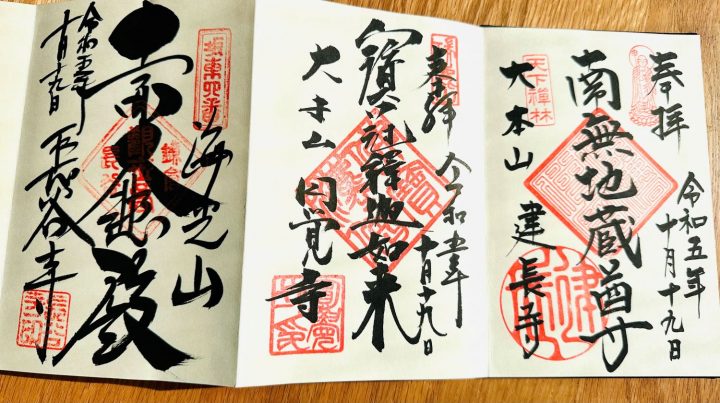
The only drawback to Kamakura, which has many attractions, may be transportation to your destination.
The Kamakura Free Environmental Pass is a great value free pass that allows you to get on and off local buses as many times as you like.
